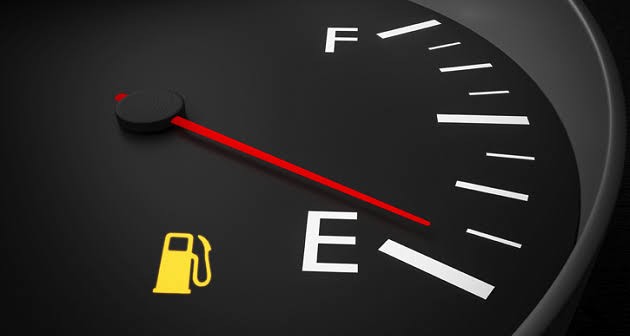After the empty tank light comes on, you may have 0 to 100 kilometers left. Fuel efficiency and remaining gas determine how far you can drive.
Have you ever wondered how far you can drive after the empty tank light comes on in your car? It's a common question among drivers. In this blog post, we'll explore the factors that determine the remaining range, discuss the consequences of running out of gas, and provide tips on how to extend your car's range. Let's dive in!
Determining the Remaining Range
Once the empty tank light illuminates, you may have anywhere from 0 to 100 kilometers of driving range left. However, this estimate can vary depending on several factors. Your car's fuel efficiency, driving conditions, and the actual amount of fuel left in the tank all play a role in determining how far you can go. If you're on the highway, it's best to find the nearest gas station promptly. In the city or close to a station, you may have a better chance of reaching it without running out of gas.
Causes of the Empty Tank Light
The empty tank light activates when the fuel level in the tank is critically low and needs refilling. Different cars have varying thresholds, typically triggering the warning when there is approximately 30-60 liters of fuel remaining. It's crucial to note that driving range significantly decreases once the light appears, making it advisable to refuel as soon as possible.
Tips to Extend Your Car's Range
While the empty tank light indicates the need for immediate refueling, there are a few strategies to extend your car's range in this situation. First, driving at a lower speed helps conserve fuel and allows you to travel further before refueling. Additionally, minimizing the use of unnecessary accessories such as air conditioning and heated seats reduces strain on the engine and fuel consumption. If your vehicle has a manual transmission, downshifting when descending can also help save fuel. Remember these tips to maximize your remaining range until you reach the nearest gas station.
Consequences of Running Out of Gas
Running out of gas can lead to significant inconveniences and potential risks. Your car will come to a halt, leaving you stranded and requiring assistance from a tow truck or friend. It can be time-consuming, costly, and potentially dangerous. It's always in your best interest to ensure you have enough gas in your tank to avoid these consequences.
Avoiding Running Out of Gas
To prevent running out of gas, it's crucial to monitor your fuel gauge and refill before it reaches a critically low level. However, if you find yourself with an empty tank, there are steps you can take to help reach the nearest gas station. Turn off unnecessary electronics to minimize power usage, drive at a lower speed to conserve fuel, and utilize downhill coasting whenever possible to preserve the remaining fuel.
Conclusion
While the average car can typically travel an additional 48 kilometers after the empty tank light comes on, driving with an empty tank is not recommended. It can potentially damage the fuel pump and result in unnecessary expenses. Always aim to fill up your tank before it reaches a critically low level. By staying aware of your fuel level and implementing fuel-saving strategies, you can ensure a safe and uninterrupted journey.

Comments (0)
Please login to join the discussion
Be the first to comment on this article!
Share your thoughts and start the discussion